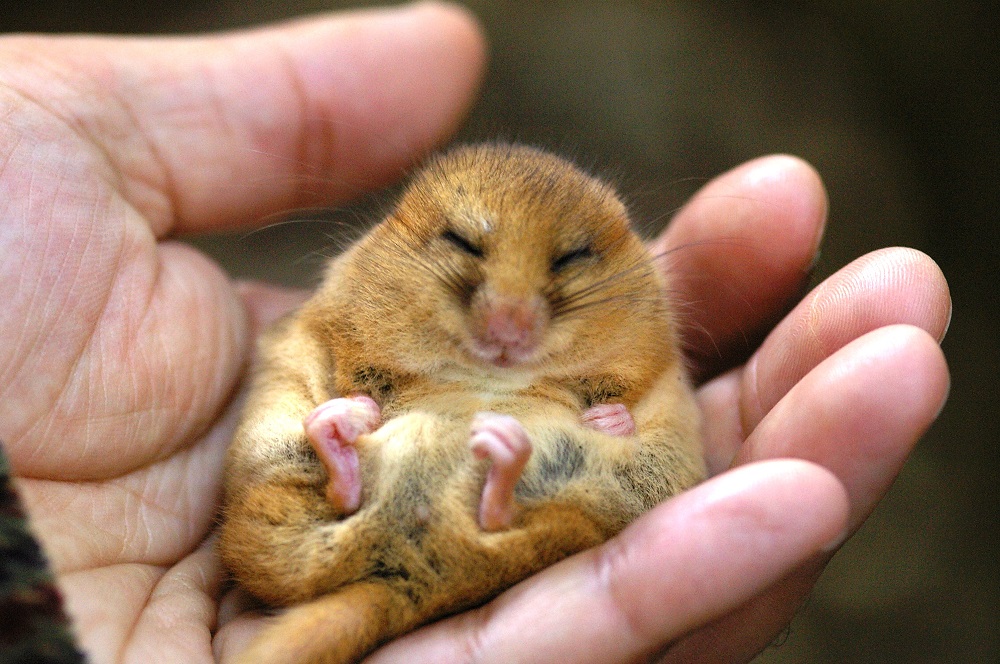Dormice and woodland management

Investigating the relationship between dormouse populations and woodland management practices.
Funding for this project has now finished
The problem
Hazel dormice are arboreal creatures, living in woodlands and scrubby habitats such as hedgerows. It is thought that they prefer early successional stages of woodland and “edge” habitat, which was historically found throughout Britain due to woodland management practices such as coppicing. However the current situation for hazel dormice is thought to be precarious, with UK populations experiencing an overall long-term decline. To counter this trend, land management practices like coppicing and hedge restoration have been re-established in order to improve the habitat quality for existing populations and aid the establishment of new populations via dispersal or reintroduction. However, actually finding out what the impact of different management practices is on specific populations is challenging because of the time scale of change and because of complicating anthropogenic and natural factors.
The solution
This project run by Fraser Combe at Manchester Metropolitan University aims to evaluate the relationship between dormice and woodland management practices using long-term monitoring data from the National Dormouse Monitoring Programme (NDMP). Our analysis has two parts. Our first objective is to look closely at the NDMP dataset in order to identify factors (various habitat and management characteristics) that are of the highest importance in explaining positive changes in dormouse population trends. Secondly, we will measure long-term changes in habitat features using remote sensing and GIS data and see how this relates to changes in dormouse numbers over time. The structural characteristics of forests, such as canopy cover, biomass, and density, are critical ecosystem variables for biodiversity and can be very accurately measured by satellite imagery. Both parts of our analysis will be used to identify specific management practices that are associated with dormouse population trends. The results of this research can be used to inform how we advise woodland owners to look after their forests by identifying those practices that have a high, positive impact in order to aid the recovery of hazel dormouse populations in the long term.
Thank you to all our donors who helped us fund this work. You can help us support more projects like this with a donation today:
